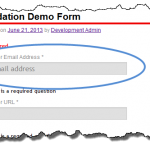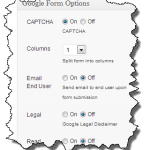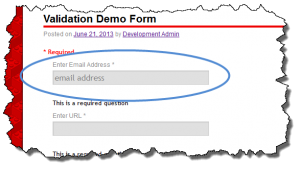This afternoon I posted the third beta release of Email Users v4.5.3. There is a pretty significant change in this build so I may bump to v4.6 when I release it.
Yesterday I posted an article about an odd Email Users problem I was looking at. This build fixes (correctly) the problem encountered by that user by properly using get_users() instead of a complex SQL query to retrieve the information used to construct the User Settings page.
In addition to being properly constructed, the User Settings page has a number of fixes including proper sorting and the addition of Search (which I could never get working using the old query).
I’ve also addressed a couple of other very minor requests that came up recently in the WordPress Support Forum.
Email Users Beta (5669 downloads )


